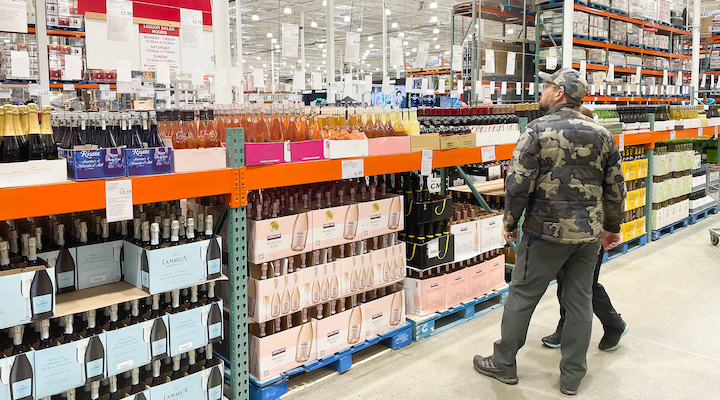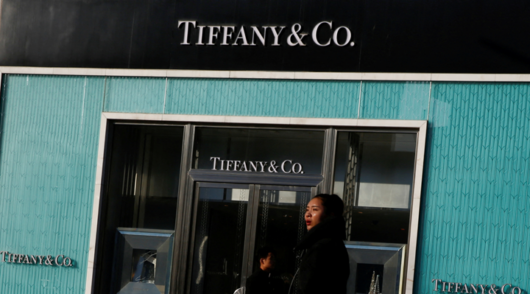US retail sales rose by 3.4 per cent in September in what analyst Neil Saunders from GlobalData described as “another reasonable month”.
But there are some catches. Firstly, compared with the pre-Covid-19 era, while the growth rates are similar this year they are being driven by inflation. Calculated in volume rather than dollar terms, US retail sales in September were down by 0.5 per cent, a sharper contract than in August, according to Saunders.
Furthermore, growth in core retail categories – which exclude gasoline, automotive and foodservice turnover – is weaker, up by just 2.2 per cent, the lowest rate since April’s 1.2 per cent.
“This perhaps indicates some early signs of consumer distress,” noted Saunders. “However, it could also be a function of consumers delaying spending in anticipation of the bargains and deals available in October’s various deal days. From GlobalData’s consumer panel, 36 per cent of consumers said they had put off at least some discretionary purchases in September in the hopes of getting a discount in October.”
Sales in big-ticket categories were dull. Electronics stores’ turnover fell by 2.5 per cent, despite the launch of Apple’s new iPhone towards the end of the month. Furniture stores and home-improvement retailers fared even worse, down by around 6.5 per cent.
“Both segments continue to be held back by a relative lack of activity in the housing market and by consumers postponing big and expensive tasks around the home,” said Saunders. “While activity may pick up as consumers winterize their homes and start to prepare them for the holidays, we do not expect these sectors to swing into growth.”
Apparel store sales increased by a mere 0.8 per cent as back-to-school sales tailed off and at food & beverage stores by 2.1 per cent.
Saunders said that price competition in the F&B sector is sharpening and will do so further as retailers pull out all the stops to gain market share over the important festive period.
“This will keep a lid on inflation and on sales growth. However, while it will be more helpful than unhelpful to consumers, it will not alleviate the perception that food shopping remains very expensive compared to pre-pandemic levels – something that, in turn, crimps the amount households have to spend on discretionary items.”
October improvement likely
Saunders is more optimistic about October’s retail sales numbers, expecting them to benefit from the “various discount extravaganzas”.
“But these sales will largely be pulled from other months.”
GlobalData remains confident in its forecasts for the end of the year, despite expectations of a more cautious and considered consumer mindset continuing to set in.
“This holiday will not be a terrible one for most retailers, but it will be much more challenging than the past few years.”
He cautioned that the September sales numbers do not reflect the deterioration of consumer confidence that emerged towards the end of the month, the resumption of student loan repayments this month or the whittling down of excess savings built up during the pandemic.
“All these downside factors point to a more marked slowdown as the year closes out. However, there is still some reason for optimism in that consumers still have the financial capacity to override some of these challenges over the holidays and, instead, deal with them in the new year.
“Quite how this pans out remains to be seen, so our working assumption is still to assume that retail will have a soft landing at the back end of the year,” Saunders concluded.






